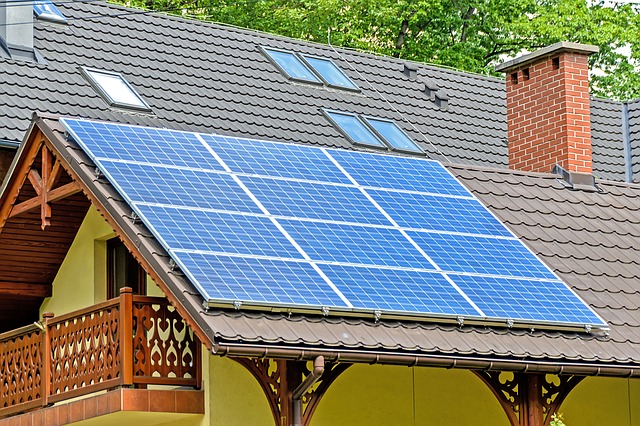– Contributed content –
28 Oct. 2019. It’s more important than ever to find renewable energy sources that can realistically power the planet in the long term. At the minute, solar energy is one of the most widespread forms of renewable energy and the technology that drives it has advanced very rapidly.
Initially, solar power was not viable because it was so expensive to manufacture the solar panels, but in the last decade, the cost has plummeted. Between 2009 and 2017, the cost of producing solar panels dropped by 86 percent. This led to a huge increase in the amount of solar energy that we use, but the cost decrease appears to be slowing down. If the cost of producing solar panels begins to level out, there is doubt about whether the growth in solar energy that we need can be sustained.
However, the cost of solar energy is not the only factor to consider. As long as there are other improvements in solar cells, they can still be a viable renewable energy source in the future. That means that research needs to be directed toward other areas besides the cost of manufacturing. These are the new challenges that solar cell manufacturers should be trying to overcome.
Efficiency
Efficiency is another big issue that solar cells have. In countries that don’t have a particularly warm climate, the level of energy that is produced can be very low, which means that it’s not a viable long term power source. Efficiency has improved a lot over the last decade, but the output could be better, and there are a few different ways to do that. Better components like custom made toroidal transformers, for example, can help to reduce energy loss and increase overall output. But the most important thing to consider is the material that solar panels are constructed from.
Perovskite is the latest trend in solar panels and this mineral could be used to create far more efficient solar cell coatings, and the costs will be a lot more manageable. This could potentially be the breakthrough that the solar cell industry needs to make.
Manufacturing volume
Efficiency and cost are important, but solar cell manufacturers also need to think about the volume that they can produce. As we move away from non-renewable energy, we will be relying more heavily on solar cells. That means that manufacturers need to be able to keep up with demand. There has been a lot of research into solar cell films and the hope is that solar cells can be easily printed onto these films in the future, which makes for very quick manufacturing at large volume.
Incorporating into homes
Space is another issue that we have with solar cells, which is why it’s important that we find ways to incorporate them into homes. Solar panel roof tiles are the most obvious way to do that, but that only gives you a certain amount of space. Researchers have also developed fully transparent solar panels which could potentially replace windows in the future, so every house can be filled with solar panels.
Solar power could be the answer to our energy issues, but it’s important that solar cell companies tackle these 3 issues if it is going to be viable.
* * *


 RSS - Posts
RSS - Posts
You must be logged in to post a comment.